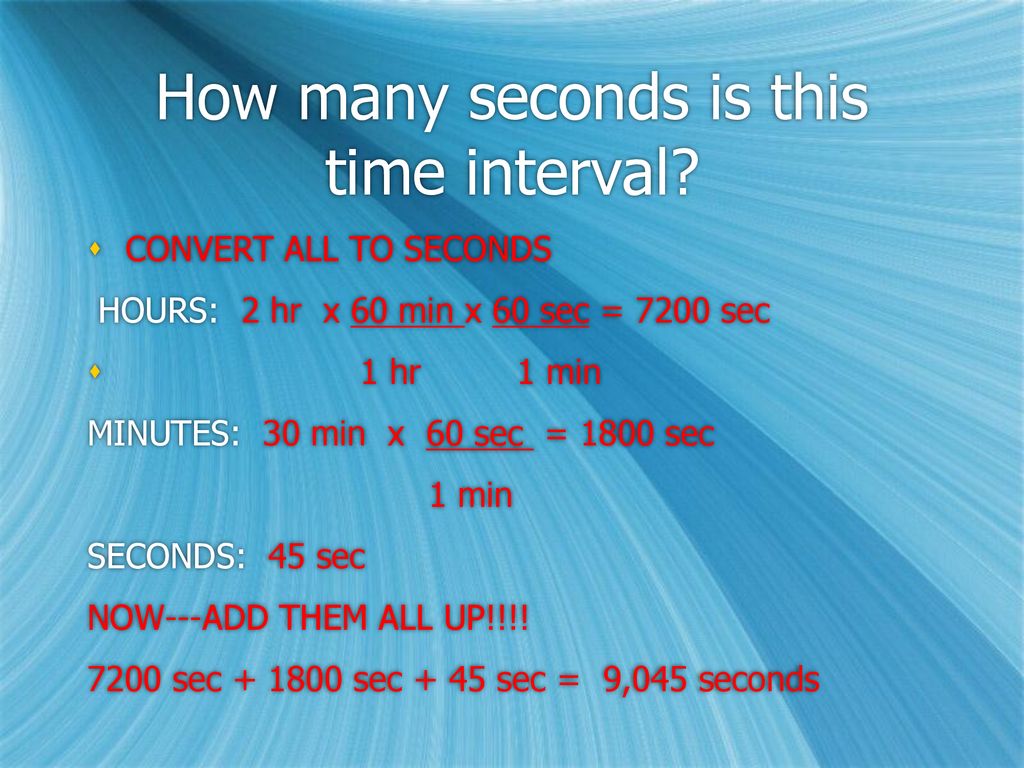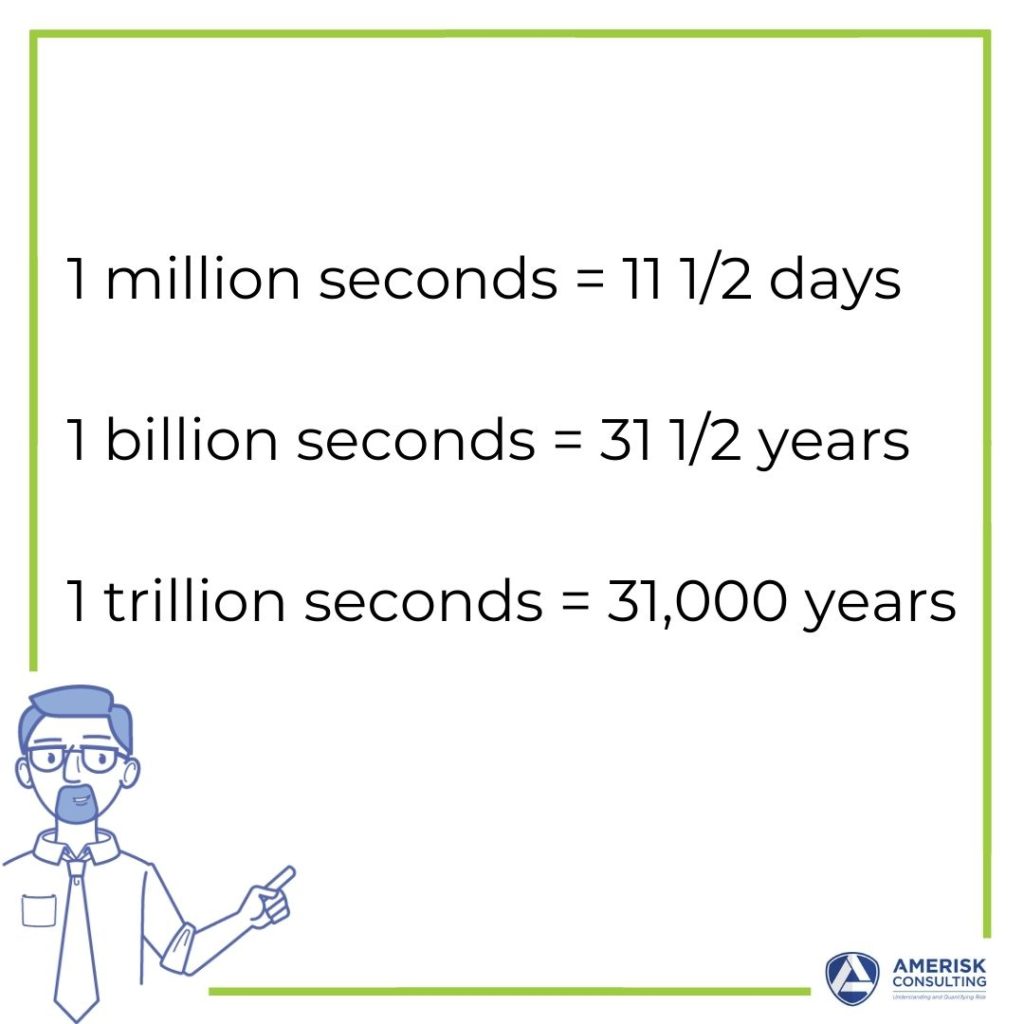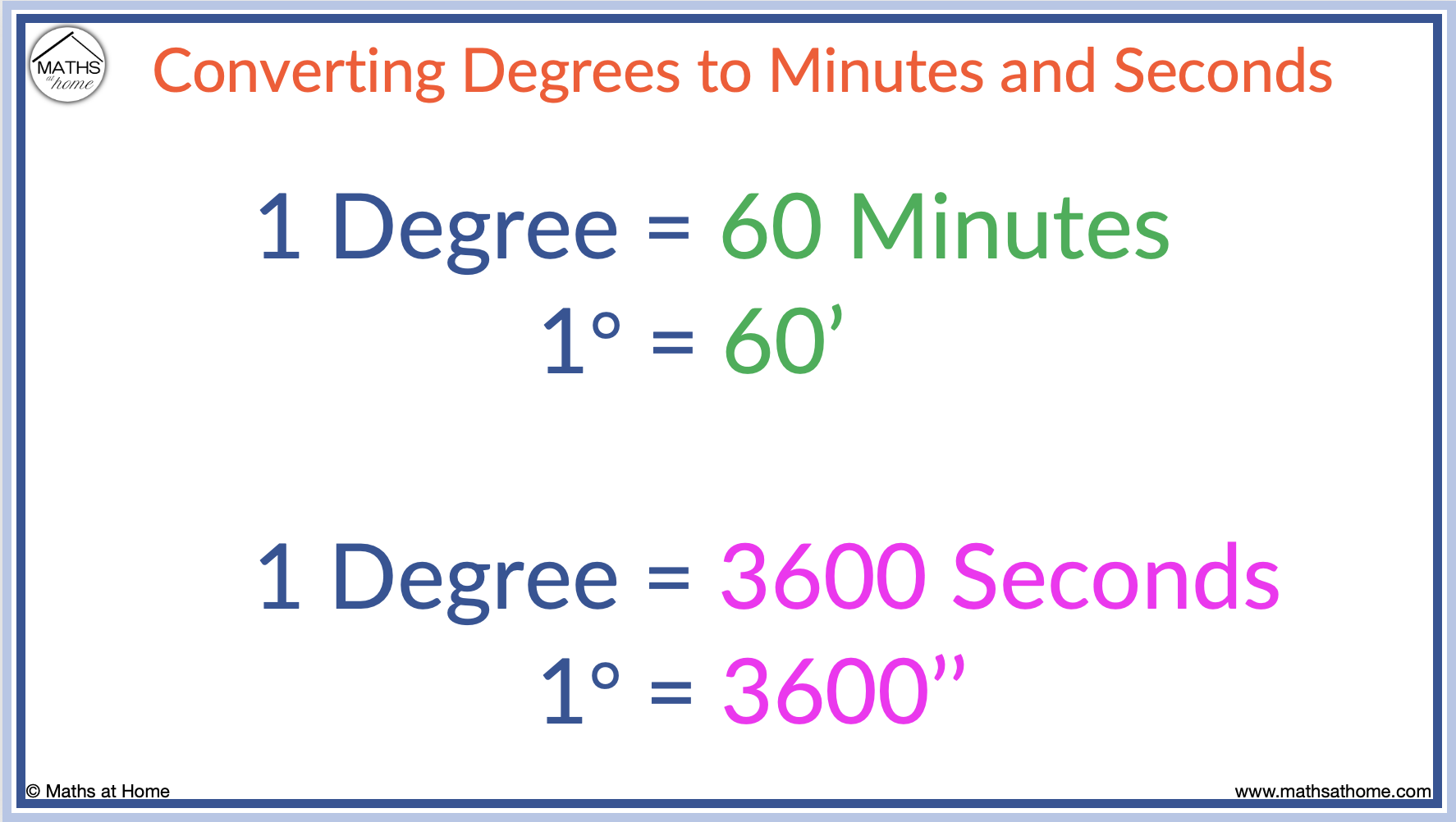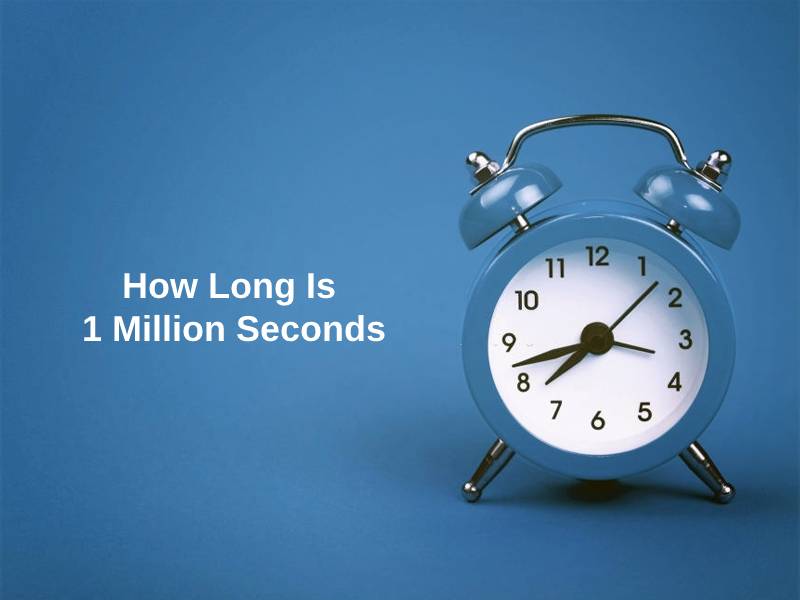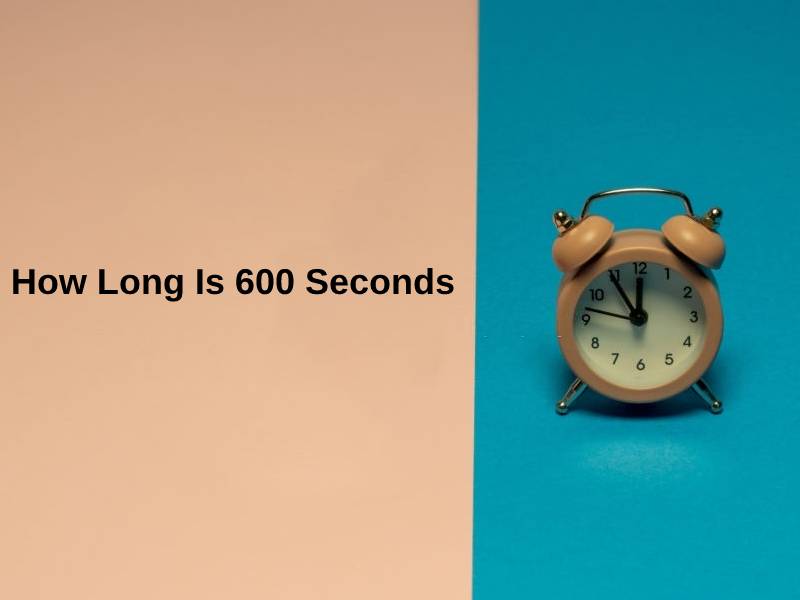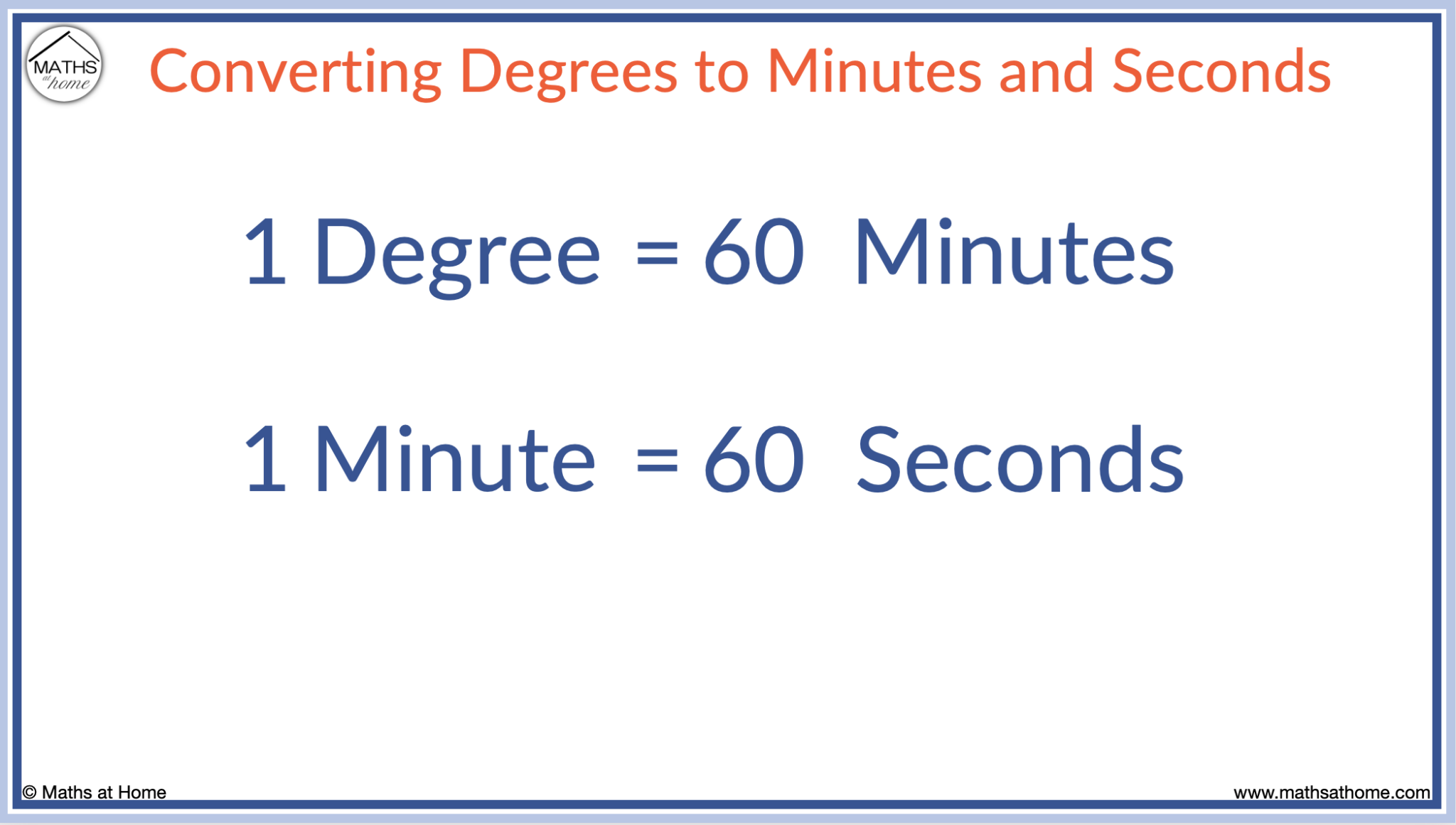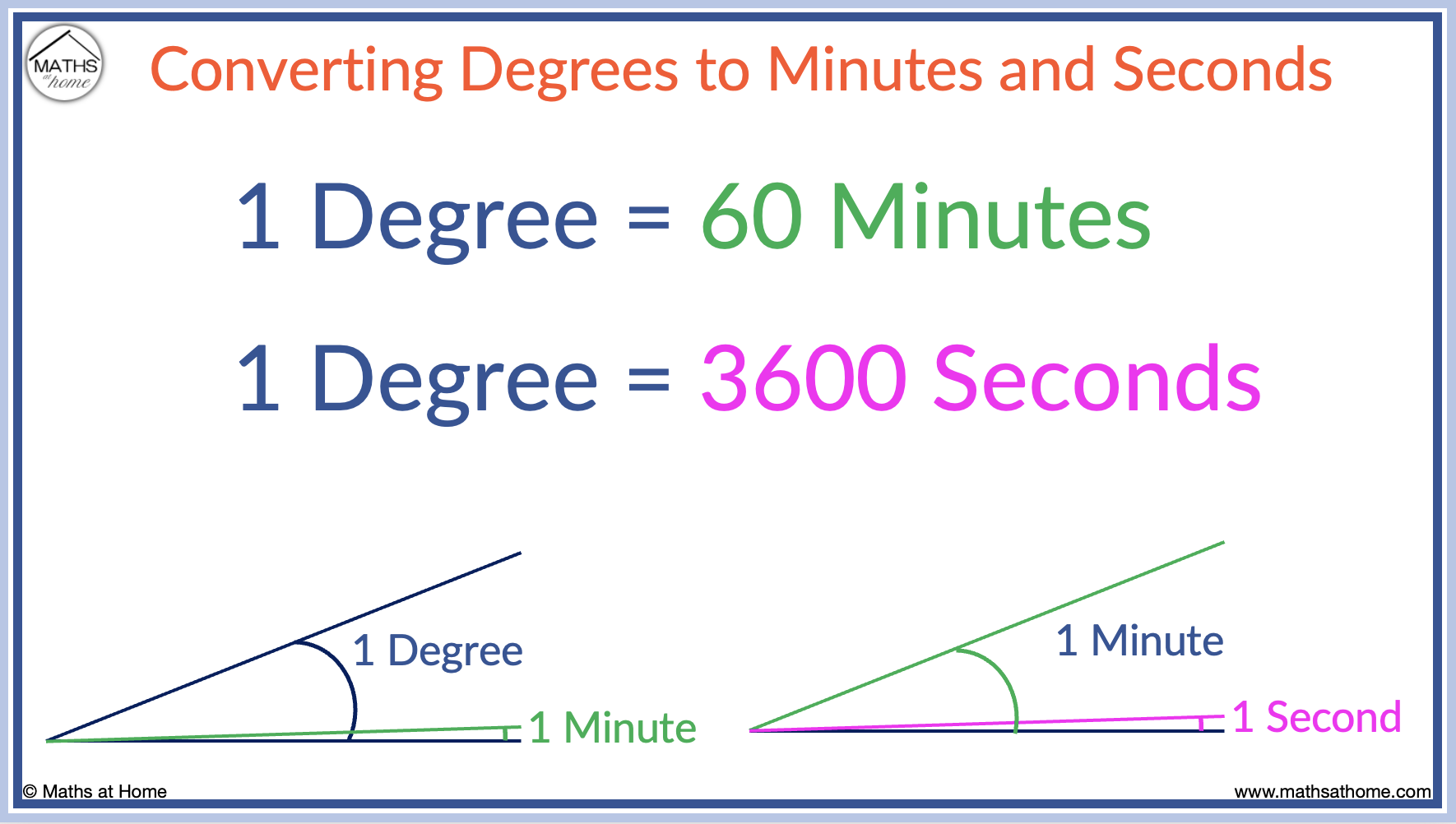How Long Is 10 000 Seconds

A seemingly simple question has sparked widespread confusion online: How long is 10,000 seconds? The answer, while straightforward, reveals just how our perception of time can be easily skewed.
This article cuts through the noise to provide a clear and concise breakdown of the 10,000-second timeframe, offering real-world context and addressing the online frenzy surrounding it.
The Raw Numbers
10,000 seconds is equivalent to 166 minutes and 40 seconds. That translates to 2 hours, 46 minutes, and 40 seconds. It's a fixed, calculable duration, regardless of personal feeling.
Putting it in Perspective
To grasp the length of 10,000 seconds, consider this: a typical movie lasts around 7,200 seconds (2 hours). A standard TV episode is approximately 1,500 seconds (25 minutes).
Therefore, 10,000 seconds is noticeably longer than an average TV show but shorter than a longer feature film. Think of it as the combined length of a shorter movie and several ad breaks, or perhaps a double episode of a streaming series.
The Online Obsession
The recent surge in interest surrounding 10,000 seconds seems to stem from social media challenges and online discussions. Users are sharing what activities they can accomplish within that timeframe.
This has led to a flurry of calculations, comparisons, and humorous takes on the duration. The question became a viral sensation, demonstrating how easily everyday concepts can become a source of public fascination.
Real-World Examples
Consider some common scenarios. A cross-country flight might take several times longer than 10,000 seconds. However, a short commute to work could easily fall within that window.
A university lecture often runs for approximately 3,600 seconds (1 hour), meaning nearly three lectures could be attended within 10,000 seconds. A professional sports game, including intermissions, frequently surpasses this duration.
Breaking it Down: Minutes and Hours
Visualizing the time in smaller chunks can be helpful. 10,000 seconds contains over 166 complete minutes.
That’s the equivalent of nearly three hours. It emphasizes that 10,000 seconds represents a substantial, not insignificant, block of time.
Addressing Common Misconceptions
One prevalent misconception is confusing seconds with minutes or hours. Social media users have made mistakes in conversions.
Some wrongly estimating it as days. Accurate calculations are essential for clarifying the true length.
The Importance of Context
The perceived length of 10,000 seconds can drastically change based on the activity being performed. Waiting in line for 10,000 seconds feels far longer than enjoying a concert of the same duration.
This highlights the subjective nature of time perception. The activity greatly influences the feeling of its passing.
Expert Opinions
Dr. Eleanor Vance, a professor of cognitive psychology, notes that our brains often struggle to accurately estimate time intervals. "Our internal clocks are influenced by our emotional state and level of engagement," she explains.
Professor Vance notes: boredom can stretch time's felt length. Conversely, excitement can make it fly by.
The Takeaway
10,000 seconds is unequivocally 2 hours, 46 minutes, and 40 seconds. The online debate underscores how easily time perception can be distorted and misunderstood.
Moving forward, it's vital to rely on accurate calculations. This will aid in understanding durations.
Next Steps
Educational platforms are already using this viral trend to teach basic time conversions. Future resources could explore the psychology of time perception more deeply.
Expect increased media coverage clarifying time measurements. Promoting accurate understanding will likely continue in the weeks to come.


![How Long Is 10 000 Seconds Countdown timer 10 seconds [00:10:000] - White on black with](https://i.ytimg.com/vi/-gxMBqme91w/maxresdefault.jpg)
